Luma apiculata (Chilean Myrtle)
Michael's Opinion
A tree planted for its stunning cinnamon-coloured bark, but can be only grown by those in the most moderate of temperate climates, such as my home county, Cornwall, England.
Botanical Information
| Family | Myrtaceae |
| Genus | Luma |
| Species | apiculata |
| Synonyms | Myrtus apiculata |
| Category | Tropicals, Woody |
| Type | Tree (evergreen) |
| Origin | Introduced into cultivation through Veitch's Nursery near Exeter, Devon, England who enlisted the plant collector William Lobb (1809-1864) on one of his expeditions to Chile. Native to Chile, (Coquimbo, and Valdivia). |
| Ethnobotanical Uses Disclaimer | Edible fruit. |
| Pronunciation |
Details
| USDA Hardiness Zone | 8b - 9a |
| USDA Hardiness Ref. | |
| Canadian Hardiness Zone | 8a |
| Canada Hardiness Ref. | |
| RHS Hardiness Zone | H4 |
| RHS Hardiness Ref. | |
| Temperature (°C) | -9 - (-4) |
| Temperature (°F) | 15 - 25 |
| Height | 15 m |
| Growth | Slow |
| Flowering Period | July, August |
Description and Growing Information
| Landscape | Smooth, cinnamon-coloured bark and an open airy crown topped by small evergreen leaves. |
| Propagation | By semi-hardwood cuttings. |
| Cultivation | Although tolerant of full sun it prefers a protected location out of the wind with some moisture and shade. Trees that grow in partial shade tend to have a richer coloured bark than those in full sun. Plant in groups for the full effect of the rich coloured bark. |
| Pests | Usually problem free. |
| Bark/Stem Description | Smooth, cinnamon-coloured bark, peeling in patches to reveal a white subsurface. |
| Flower Description | Flowers profusely. |
| Fruit Description | Small, edible black-coloured fruit. |
| Texture Description | A fine textured tree. |
Photographs
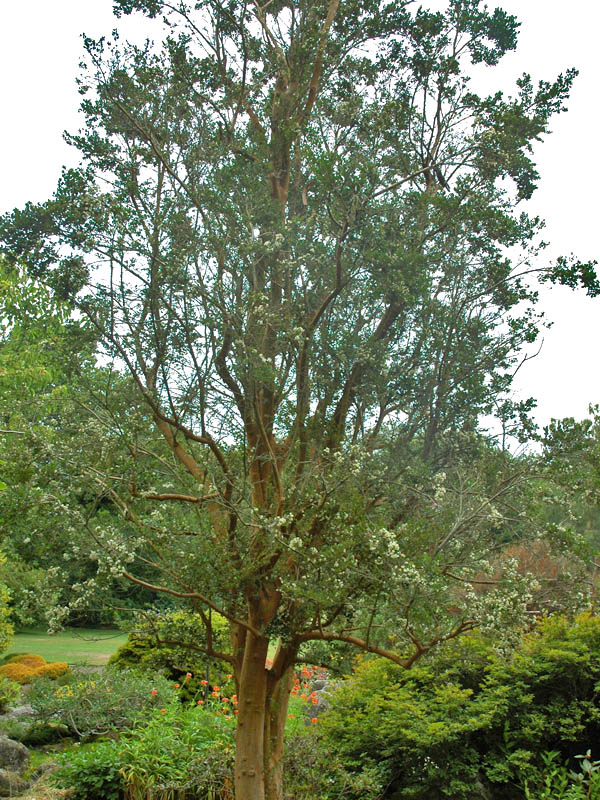
Luma apiculata. form.
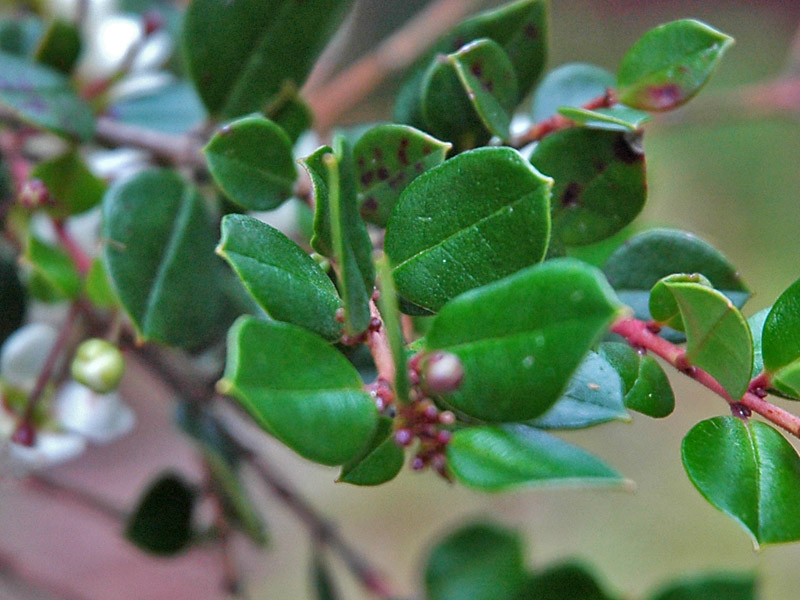
Luma apiculata. leaf.
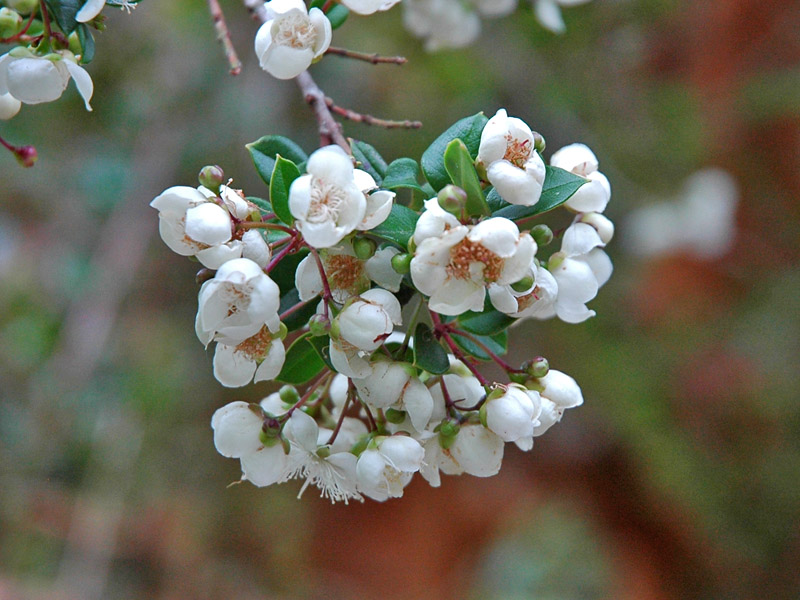
Luma apiculata. flower.
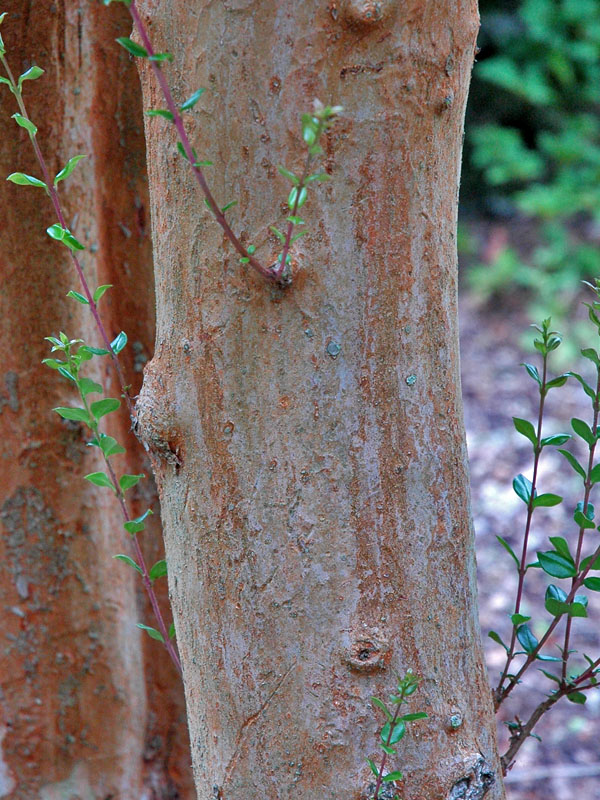
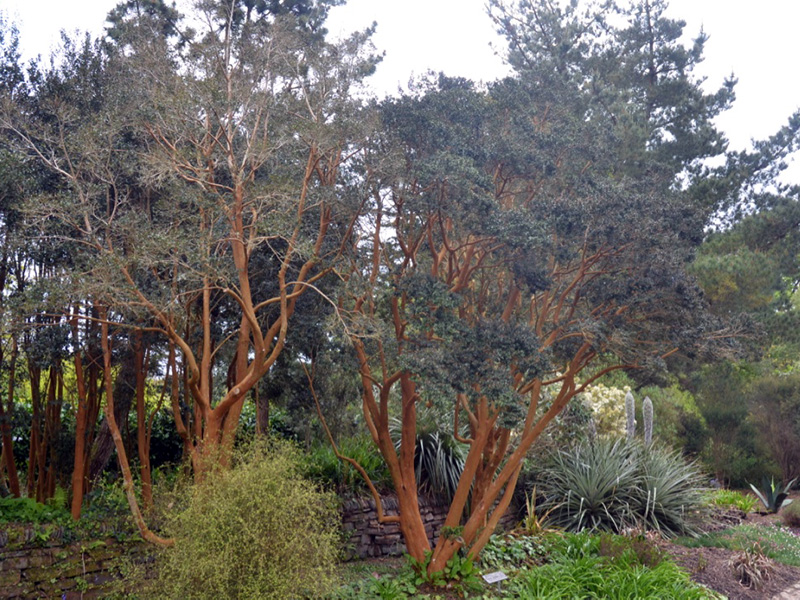
Luma apiculata. form. Glendurgan Gardens, Falmouth, Cornwall, United Kingdom.
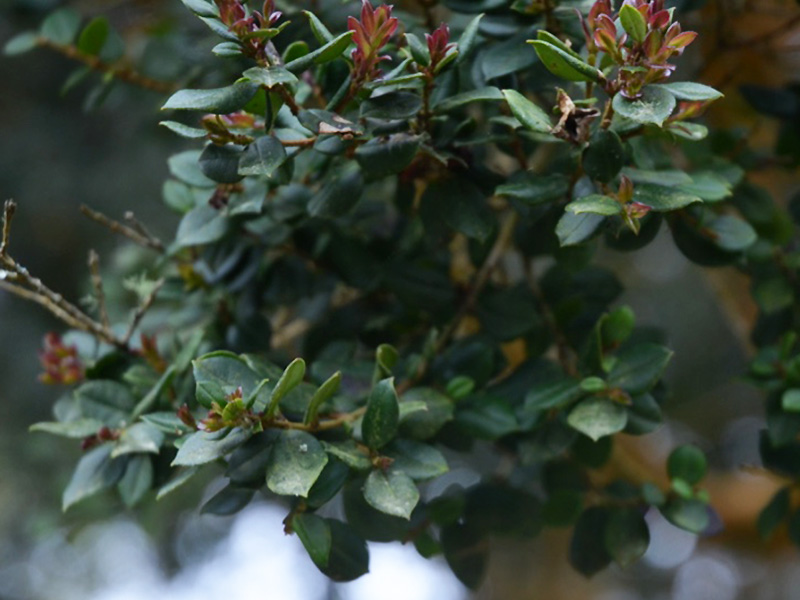
Luma apiculata. leaf. Glendurgan Gardens, Falmouth, Cornwall, United Kingdom.
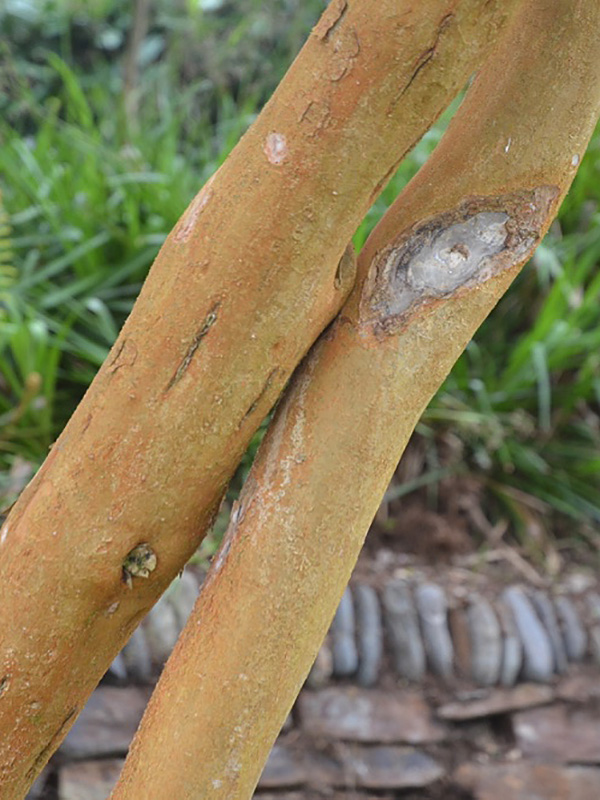
Luma apiculata. bark. Glendurgan Gardens, Falmouth, Cornwall, United Kingdom.
Awards
